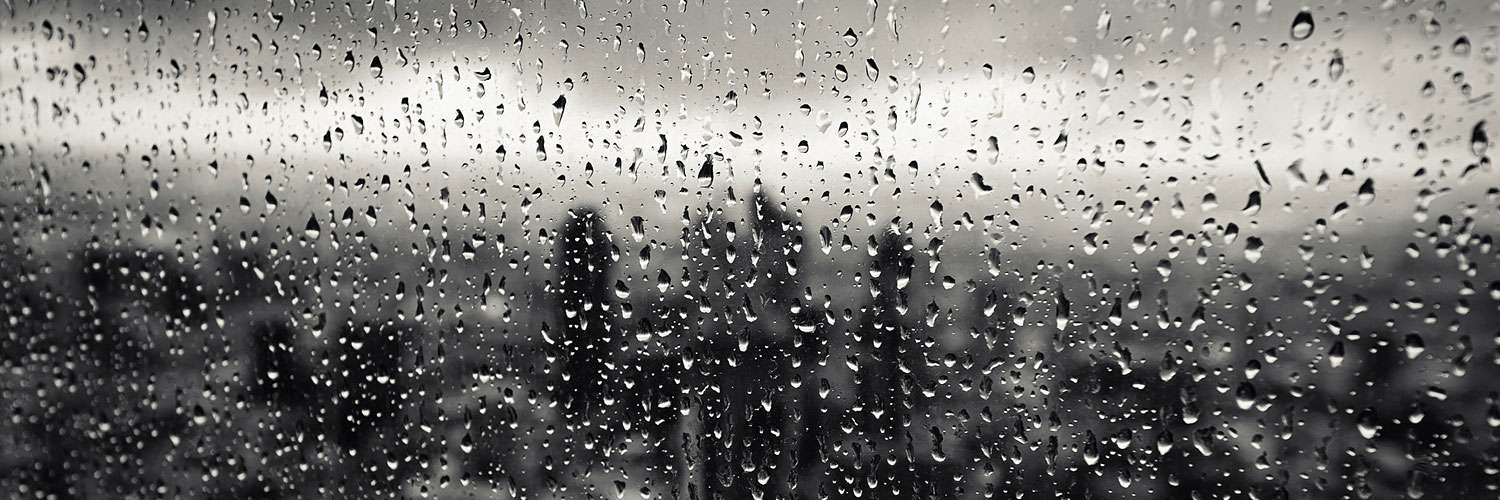
As a fairly affluent Western country with a pretty large landmass and a decent-sized population, we’ve gotten used to having those essentials delivered straight to our door. Water is one of life’s little necessities that we can take for granted – there’s an unending supply, right? It just falls from the sky, and there’s plenty of it.
With estimates which suggest our insatiable demand for water worldwide will outstrip supply by some 40% by 2030, it may be time for us to start thinking more seriously about how we conserve one of our most vital resources.
Whilst some areas of the US might well think they have enough rainfall to last a lifetime, others are fighting a constant battle between supply and demand, including states such as California, the agricultural belt of Dakota and Washington, and Illinois.
According to a Columbia University study back in 2013, most of us don’t realize there is a problem with water availability, particularly in heavily populated areas such as our major cities:
The study notes that a 99% population increase since 1950 combined with a 127% increase in water use has further decreased water availability, making it increasingly difficult to replenish water supplies after a drought.
What is Rainwater Harvesting?
When we get a big downpour most of the waterfalls off our rooftops into the drainage system and get washed away. Only a small part of each downpour actually goes into reservoirs and is delivered back to us in the way of clean, drinkable water. You’ll be surprised at how much water simply washes off your roof during a storm. Rainwater harvesting collects all that valuable water that would be lost and stores it so we can reuse it.
If you have a garden, you might well have a water butt that collects rainwater from a drain runoff and can be used to feed your plants during the hotter months of the summer. Rainwater harvesting is a whole lot more efficient, collecting the fall from your entire rooftop and storing it for use for everyday things like filling the toilet cistern or even for laundry. Of course, it’s not good enough quality for drinking or cooking with but most of our water usage isn’t for that anyway.
An effective rainwater harvesting system could mean you save a lot on water wastage and help reduce the impact on the local environment and if we all did it then the savings would be quite large across not only individual states but across the country as a whole.
So What’s the Problem?
Well, the problem is that across the USA, rainwater collection and the legality of it can get quite messy. As a rule of thumb, places to the East Coast that have plenty of rain don’t have much in the way of legislation that stops someone from harvesting rainwater. In the West, however, there are plenty of rules and regulations. Unfortunately, this is an area where harvesting needs to be embraced more simply because of lower rainfall and a propensity for water shortages.
According to The Washington Post, Colorado is just one area where collecting the water off your roof can land you in jail:
Water laws are so strict in Colorado that rainwater collection is virtually prohibited. The doctrine is written into the state’s Constitution. All the rain is already spoken for. It belongs to someone, and that someone probably isn’t you. So don’t you touch it.
It’s an odd state of affairs, especially when concerted rainwater harvesting could be taking the pressure off water supply infrastructures in drought-affected areas.
How Much Does it Cost?
One place where they are into rainwater harvesting and trying to encourage it a lot more in Texas. Not known for its high rainfall, the Lone Star State even has a government website devoted to the issue. There they say that the cost of installing a full rainwater harvesting system is around $8-10,000 which is a sizable investment but one that might be necessary for the future with the population set to double over the next 50 years or so.
How to Save Water Right Now
Whilst you may or may not be able to legally install a rainwater harvesting system for your home or your business, there are still plenty of other things you can do to save valuable water resources. Here are just a few to be going on with:
- Repair dripping faucets and check for leaks. It’s incredible how much water can be lost simply by the constant drip of a tap.
- Don’t flush the toilet so often – the average flush uses between two and seven gallons depending on the age of the toilet. Changing your toilet can ensure you use less water than normal as can putting in an empty plastic soda bottle or sealed bag in the cistern.
- Did you know that 45% of American water usage comes from the bathroom? Cut down the time you spend in the shower by buying an egg timer device that you can fix to the wall and which gives you enough time to have a proper wash without wasting too much water.
- Shaving, washing your face, or cleaning your teeth? Don’t let that water flow out of the tap, either fill the sink or simply turn off the faucet while you do your business.
- Food waste devices in the kitchen tend to use a lot of extra water so if you have the garden space why not change the way you handle your leftovers and start a compost pile.
Changing the way we use water in simple ways can mean that we reduce our usage quite considerably. If shortages are going to be a problem in the future (as they are for some states already) it is a sensible precaution for us to start altering our behavior before things become problematic.
There may well have to be major changes to our local water laws that help to encourage homes and businesses who want to use rainwater harvesting as a way of leading a greener and more eco-friendly existence.
To see how it’s making a difference in California with some residents, take a look at this news item below:
If you have to resist any questions, please contact us!
Last update of the article: 11/17/2020.

About the Author
Jen is your go-to guru for crafting a cozy, green cocoon. 🪴 Her dive into sustainable building wasn’t just about saving the planet—it started as a mission to make family movie nights eco-friendly (and to ensure the popcorn was the only thing getting heated!). With a knack for breaking down the jargon, Jen turns eco-lingo into everyday language. Swing by the Green Living blog for a mix of earth-loving advice and home improvement hacks. Whether you’re just dipping your toes into green waters or you’ve been swimming in the deep end of DIY projects, Jen’s here to guide, giggle, and remind you that every eco-choice is a step towards a planet that thanks you… and maybe even sends a rainbow your way! 🌈

